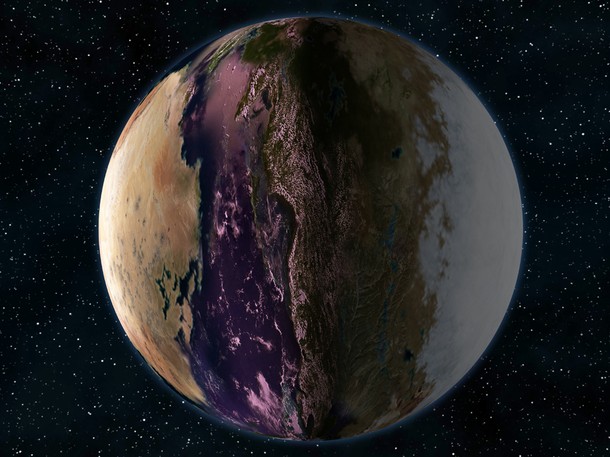Desert terrain
From Vanathul Wiki
Desert terrain exists in warm, temperate, and cold climates, but all deserts share one common trait: little rain. The three categories of desert terrain are tundra (cold desert), rocky deserts (often temperate), and sandy deserts (often warm).
Tundra differs from the other desert categories in two important ways. Because snow and ice cover much of the landscape, it’s easy to find water. During the height of summer, the permafrost thaws to a depth of a foot or so, turning the landscape into a vast field of mud. The muddy tundra affects movement and skill use as the shallow bogs described in Marsh Terrain, although there’s little standing water.
Features
Light Undergrowth
Consisting of scrubby, hardy bushes and cacti, light undergrowth functions as described for other terrain types.
Ice Sheet
The ground is covered with slippery ice. It costs 2 squares of movement to enter a square covered by an ice sheet, and the DC of Acrobatics checks there increases by 5. A DC 10 Acrobatics check is required to run or charge across an ice sheet.
Light Rubble
Small rocks are strewn across the ground, making nimble movement more difficult. The DC of Acrobatics checks increases by 2.
Dense Rubble
This terrain feature consists of more and larger stones. It costs 2 squares of movement to enter a square with dense rubble. The DC of Acrobatics checks increases by 5, and the DC of Stealth checks increases by 2.
Sand Dunes
Created by the action of wind on sand, dunes function as hills that move. If the wind is strong and consistent, a sand dune can move several hundred feet in a week’s time. Sand dunes can cover hundreds of squares. They always have a gentle slope pointing in the direction of the prevailing wind and a steep slope on the leeward side.
Other Desert Terrain Features
Tundra is sometimes bordered by forests, and the occasional tree isn’t out of place in the cold wastes. Rocky deserts have towers and mesas consisting of flat ground surrounded on all sides by cliffs and steep slopes (as described in Mountain Terrain). Sandy deserts sometimes have quicksand; this functions as described in Marsh Terrain, although desert quicksand is a waterless mixture of fine sand and dust. All desert terrain is crisscrossed with dry streambeds (treat as trenches 5 to 15 feet wide) that fill with water on the rare occasions when rain falls.
Stealth and Detection in the Desert
In general, the maximum distance in desert terrain at which a Perception check for detecting the nearby presence of others can succeed is 6d6 × 20 feet; beyond this distance, elevation changes and heat distortion in warm deserts makes sight-based Perception impossible. The presence of dunes in sandy deserts limits spotting distance to 6d6 × 10 feet. The scarcity of undergrowth or other elements that offer concealment or cover makes using Stealth more difficult.
